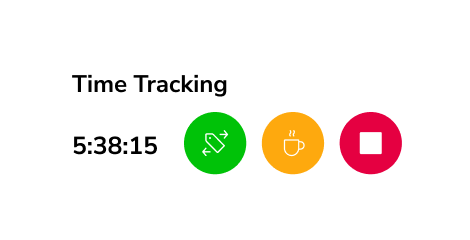US government implements employee tracking

The Office of Management and Budget (OMB) has issued a memo requiring all federal agencies to begin tracking employee attendance, as reported by Federal News Network on May 12, 2025.
This move is part of the government’s broader return-to-office strategy, aimed at ensuring accountability and reducing the underutilization of federal office spaces.
The new policy mandates all federal agencies to collect and submit data showing how many employees are physically present in offices versus how many are scheduled to be. Agencies are required to have employee monitoring systems in place by July 4.
Methods of attendance tracking include scanning Personal Identity Verification (PIV) cards, badge swipes, written check-ins, and data from employee laptops.
Why is the OMB Implementing Employee Tracking?
The OMB’s directive aims to assess whether federal agencies are effectively utilizing publicly owned office spaces and to consolidate where required to reduce government spending.
Agencies will be monitored to see if their buildings meet or exceed the 60% utilization target (based on 150 square feet of office space per employee), as per the Utilizing Space Efficiently and Improving Technologies Act (USE IT), passed in 2023 by the Biden administration.
What are the Challenges in Implementing Employee Monitoring?
Currently, the OMB does not have an efficient employee monitoring policy in place.
“We literally don’t know how many people are in our buildings,” stated Michael Peters, Public Buildings Service (PBS) Commissioner. “We kind of have an idea of how many people are in this building, which is good. But we should know it for every one of the facilities that we own or lease, because that’s a fundamental metric.”
Peters believes that the 60% utilization target is too low, and the General Services Administration (GSA) will be setting a more ambitious utilization target of 80%.
An anonymous GSA official said it would be difficult for agencies to reach an 80% utilization rate, stating, “Even in corporate headquarters or law firms, it’s unusual to find more than 70% utilization on a given day, because people are sick, on travel or visiting a project site.”
The official added, “On a given day, some people may have just been hired, some people may have quit. There are contractors who occupy government space. They don’t typically get counted in your headcount, so you’re not exactly sure how many of those people there are … this metric is difficult”.
Is Technology the Solution?
The USE IT Act identifies PIV card data as a potential method for tracking building usage, specifically in workplaces where employees are required to swipe their ID badges upon entry.
The official OMB memo stated, “If a federal agency employs PIV card data and can meet the requirements of the Act, no additional technology is necessary. PIV card data can be collected from the agency’s managed turnstiles, card readers used for space access, or both.”
However, some don’t agree this is the solution, raising cost and data security concerns.
“Those systems are designed for security, not for utilization. It’s really expensive, so you can’t deploy it at scale. That’s just not a possibility. You won’t be able to do it”, stated Dan Mathews, a former PBS commissioner.
Matthews has instead recommended the use of sensors, which can be used with kiosks.
Michael Peters has said the GSA will track laptop data, believing that time tracking software will give agencies the clarity required to monitor who is in the building.
Peters went on to state, “It’s particularly important that we get that data right now, because the number is moving,” Peters said. “It’s very much a moving target. We need real-time, day-to-day data on that front to improve our efficiency”.
Related Content:
A Guide to Employee Monitoring in the US
Artificial Intelligence to shake up Employee Monitoring
Employee Monitoring Evasion Tactics in the Age of Remote Work



